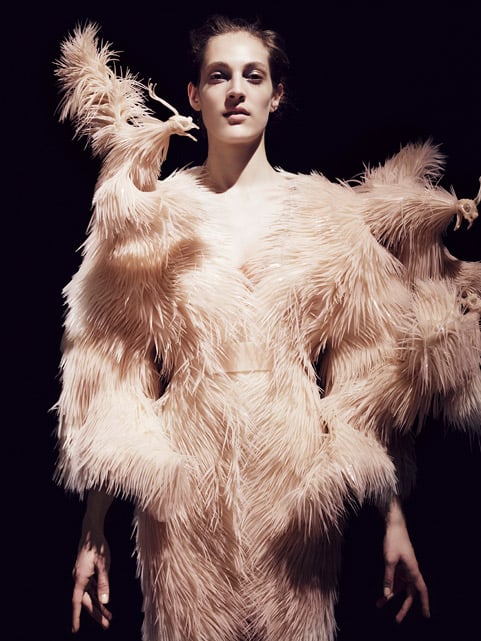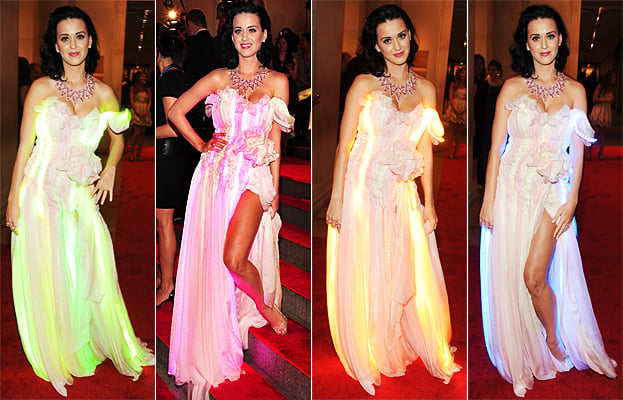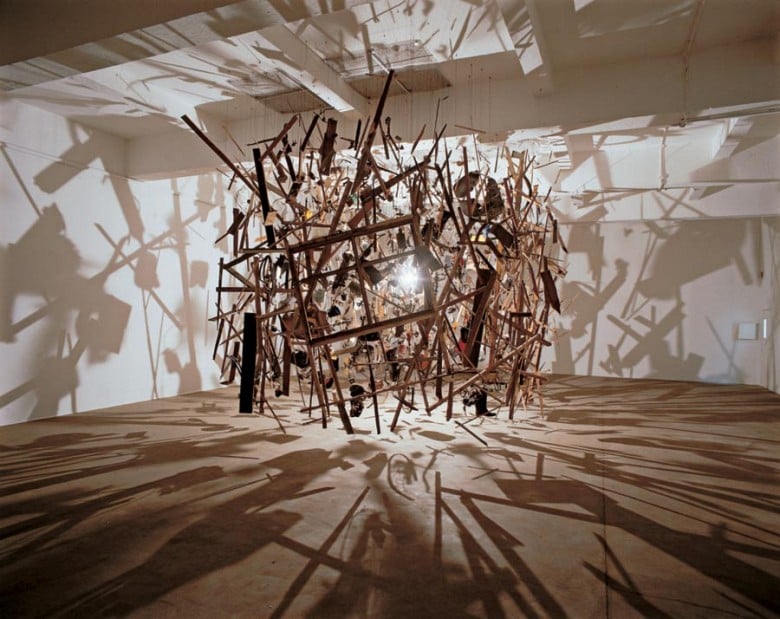Art & Exhibitions
Taylor Swift to Co-Chair Tech-Inspired Met Gala
The ball will focus on art at the intersection of fashion and technology.

The ball will focus on art at the intersection of fashion and technology.

Sarah Cascone

What’s on tap for the Costume Institute at New York’s Museum of Metropolitan Art, known for its innovative exhibitions, in 2016? For one thing, there’s “Manus x Machina: Fashion in an Age of Technology,” an exploration of the effects of new tech on clothing design.
The exhibition also sets the theme for Anna Wintour’s annual Met Gala, co-hosted by pop star Taylor Swift, actor Idris Elba, and Jonathan Ive, Apple’s chief of industrial design.
Too bad Katy Perry already wore the perfect look for this particular event to the 2010 “American Woman” ball: a light pink couture chiffon gown from Cute Circuit outfitted with 3000 MicroLED lights. (Hopefully, whatever she wears in 2016 won’t lead to a lawsuit.)

Katy Perry’s 2010 Met Ball light-up dress.
Photo: CuteCircuit.
“Fashion and technology are inextricably connected, more so now than ever before,” said Met director and CEO Thomas P. Campbell in a statement. “It is therefore timely to examine the roles that the handmade and the machine-made have played in the creative process.” Though the natural and the technical are often presented as opposites, he adds, this exhibition “proposes a new view in which the hand and the machine are mutual and equal protagonists.”
The exhibition will feature over 100 garments, from an 1880s Worth gown to a Chanel suit made just this year, and explore the development of the art and production of fashion as our world became increasingly industrialized.
“Traditionally, the distinction between the haute couture and prêt-à-porter [ready-to-wear] was based on the handmade and the machine-made, but recently this distinction has become increasingly blurred as both disciplines have embraced the practices and techniques of the other,” says Costume Institute curator Andrew Bolton.
Though some cried racism over attire at this year’s Chinese-themed gala, the crowds for “China: Through The Looking Glass” saw the exhibition extended due to popular demand. (More and more, fashion exhibitions are outdrawing those dedicated to fine art.)

Cornelia Parker, Cold Dark Matter: An Exploded View (1991).
Photo: Cornelia Parker.
The Met has also announced that its 2016 rooftop installation will be courtesy of Turner Prize-winning British sculptor Cornelia Parker, best known for flattening everyday objects to create unfamiliar-looking artworks.
While the exact nature of the upcoming work has yet to be announced, it will presumably not include Parker’s needlework version of the Wikipedia page for the Magna Carta, stitched in part by public figures including Jarvis Cocker, Brian Eno, and Edward Snowden.
“In her large-scale installations, Cornelia opens our eyes to the special qualities—and sometimes darker significance—of familiar places and things we tend to overlook,” Sheena Wagstaff, chairwoman of modern and contemporary art at the Met, told the New York Times.
The current rooftop installation from French conceptual artist Pierre Huyghe, Human Mask, is on view through November 1. The 2014 commission, by American conceptual artist Dan Graham, saw 559,876 visitors.
“The roof garden should always be a space that makes us think beyond its spectacular views,” said Campbell in a statement. “It is a unique source of inspiration for the artists who create site-specific works there, and I am excited to see what Cornelia Parker will create.”